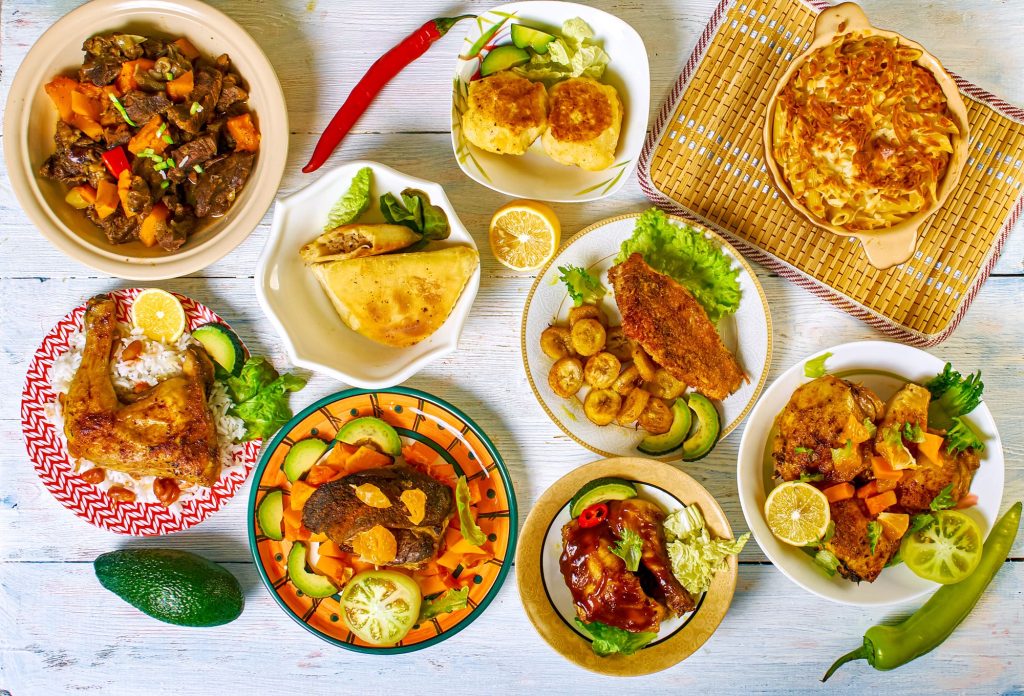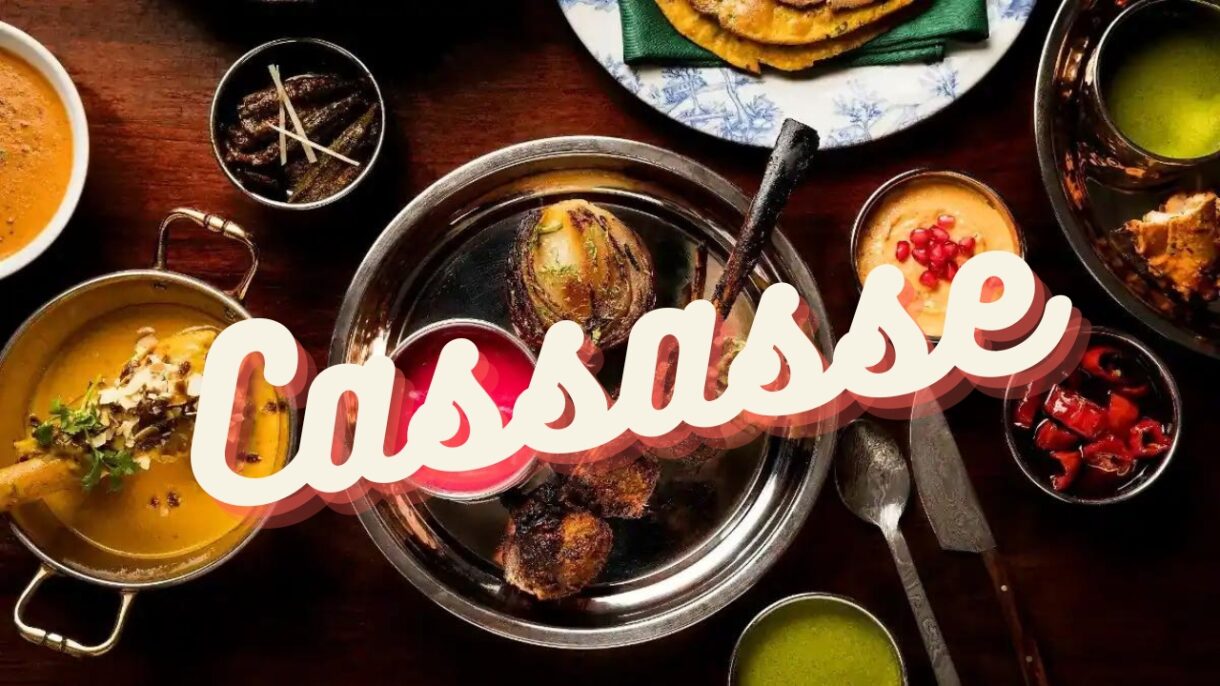Cassasse, a dish deeply rooted in history and culture, offers a tantalizing journey through the flavors of its origins. From its humble beginnings to its significance in various cuisines around the world, cassasse has intrigued and delighted palates for generations. In this exploration, we’ll delve into the origins, ingredients, flavors, and health benefits of cassasse, as well as provide tips for cooking this delectable dish at home.
The Origins of Cassasse
Cassasse traces its roots to the rich culinary traditions of West Africa, particularly in countries like Nigeria, Ghana, and Cameroon. The name itself is derived from the word “cassava,” a staple ingredient in this dish. Historically, cassava was a vital crop for many African communities, providing sustenance during times of scarcity.
Ingredients and Flavors
The core ingredients of cassasse typically include cassava, meat (such as chicken, beef, or fish), vegetables, and spices. Cassava, also known as yuca or manioc, serves as the base for the dish. It is peeled, grated, and processed to create a starchy dough that forms the foundation of cassasse.
The choice of meat varies depending on regional preferences and availability. In coastal regions, fish may be the protein of choice, while inland areas might favor chicken or beef. Vegetables such as peppers, onions, and tomatoes are commonly used to add depth and color to the dish.
The flavors of cassasse are a harmonious blend of savory and spicy notes. Traditional spices like ginger, garlic, and hot peppers infuse the dish with warmth and complexity, while aromatic herbs like thyme and basil add freshness.
The Cooking Process
Preparing cassasse is a labor of love, requiring time and attention to detail. The process begins with the preparation of the cassava dough, which is achieved by grating the peeled cassava roots and squeezing out excess moisture. The resulting pulp is then mixed with water and strained to extract a thick, starchy liquid.
Next, the meat and vegetables are seasoned and cooked to perfection. In some recipes, the meat may be marinated beforehand to enhance its flavor. Once the meat is tender and vegetables are softened, the cassava dough is added to the pot, where it simmers gently until thickened.
Variations and Significance
Cassasse has many regional variations, each with its own unique twist on the classic dish. In Nigeria, for example, cassasse may be served with a spicy tomato-based sauce, while in Ghana, it is often accompanied by a rich peanut sauce. In coastal regions, coconut milk is sometimes added to the broth, imparting a creamy texture and subtle sweetness.
Beyond its culinary appeal, cassasse holds cultural significance in many communities. It is often served during festive occasions, celebrations, and gatherings, bringing people together to share in its delicious flavors and traditions.
Health Benefits
Cassasse offers more than just exquisite taste; it also boasts several health benefits. Cassava, the primary ingredient, is a good source of carbohydrates, providing sustained energy. Additionally, it contains vitamins and minerals such as vitamin C, folate, and potassium.
The inclusion of vegetables and lean proteins further enhances the nutritional profile of it, offering essential nutrients like fiber, vitamins, and protein. When prepared with care and moderation, it can be part of a balanced and wholesome diet.
Tips for Cooking Cassasse at Home

For those eager to recreate the magic of cassasse in their own kitchen, here are some helpful tips:
- Choose Fresh Ingredients: Opt for fresh cassava roots, meat, and vegetables to ensure the best possible flavor and texture.
- Experiment with Spices: Don’t be afraid to play with different spices and herbs to tailor the flavor of cassasse to your liking.
- Take Your Time: Allow ample time for the cassava dough to cook and thicken properly, as this is crucial for achieving the right consistency.
- Adjust Seasoning to Taste: Taste and adjust the seasoning of your cassasse as it cooks, adding more spices or salt as needed.
- Serve with Accompaniments: Consider serving it with rice, couscous, or flatbread to soak up the delicious sauce.
Conclusion
In conclusion, cassasse is more than just a dish; it’s a culinary journey that celebrates the vibrant flavors and cultural heritage of its origins. From its humble beginnings in West Africa to its widespread popularity around the world, it continues to captivate and inspire with its rich taste and storied history. Whether enjoyed at home or savored in a local restaurant, it invites us to experience the magic of its flavors and the warmth of its cultural significance.
1. What is cassasse?
It is a traditional dish originating from West Africa, particularly countries like Nigeria, Ghana, and Cameroon. It typically consists of cassava, meat (such as chicken, beef, or fish), vegetables, and spices.
2. How is cassasse pronounced?
It is pronounced kuh-SAHSS.
3. What is cassava, and why is it used in cassasse?
Cassava, also known as yuca or manioc, is a starchy root vegetable native to South America but widely cultivated in tropical regions around the world. It serves as the base ingredient for it, providing a hearty and filling texture to the dish.
4. What type of meat is commonly used in cassasse?
The type of meat used in it varies depending on regional preferences and availability. In coastal areas, fish is often the protein of choice, while inland regions may use chicken or beef.
5. Are there vegetarian or vegan variations of cassasse?
Yes, there are vegetarian and vegan variations of it that omit the meat and focus on vegetables, legumes, or plant-based protein alternatives. These variations still capture the essence of the dish’s flavors and spices.
6. What are some common spices used in cassasse?
Common spices used in it include ginger, garlic, hot peppers, thyme, basil, and various local spice blends. These spices add depth and complexity to the dish’s flavor profile.
7. Can cassasse be made ahead of time?
Yes, it can be made ahead of time and reheated before serving. In fact, some argue that the flavors of it deepen and develop even further when allowed to sit for a while, making it a great make-ahead dish for gatherings and special occasions.
8. Is cassasse gluten-free?
Yes, it is naturally gluten-free since it is made primarily from cassava, a gluten-free root vegetable. However, it’s essential to ensure that any additional ingredients or sauces used in the dish are also gluten-free.
9. What are some popular accompaniments to serve with cassasse?
Popular accompaniments to serve with it include rice, couscous, flatbread, or boiled plantains. These side dishes complement the flavors of it and help soak up the delicious sauce.
10. Can cassasse be frozen for later consumption?
Yes, it can be frozen for later consumption. It’s best to portion it into individual servings and store them in airtight containers or freezer bags. When ready to eat, simply thaw and reheat the it until heated through.



